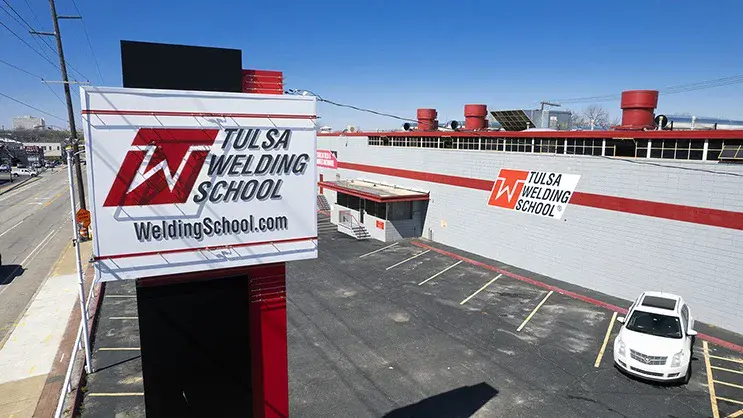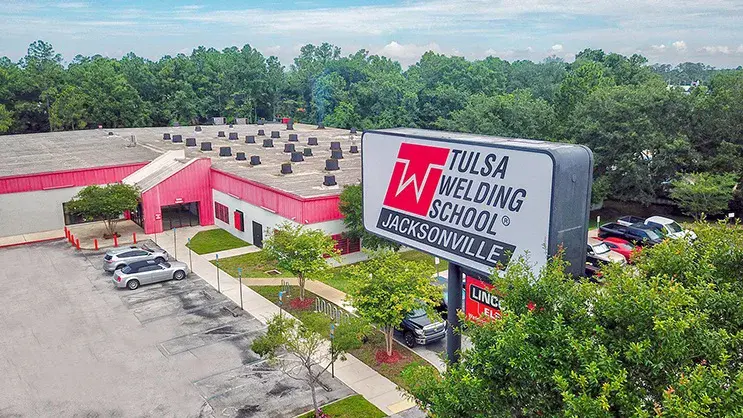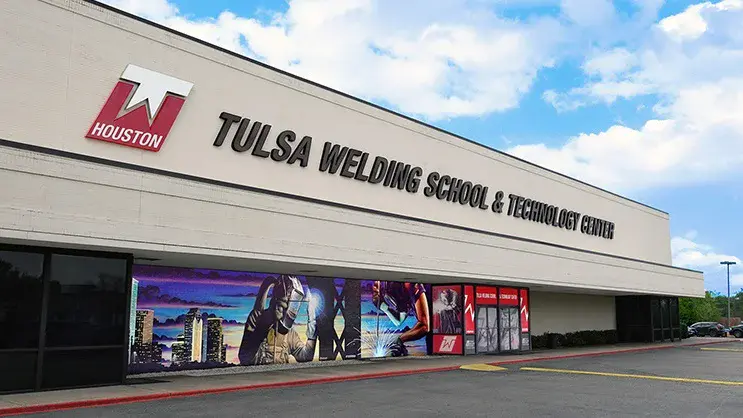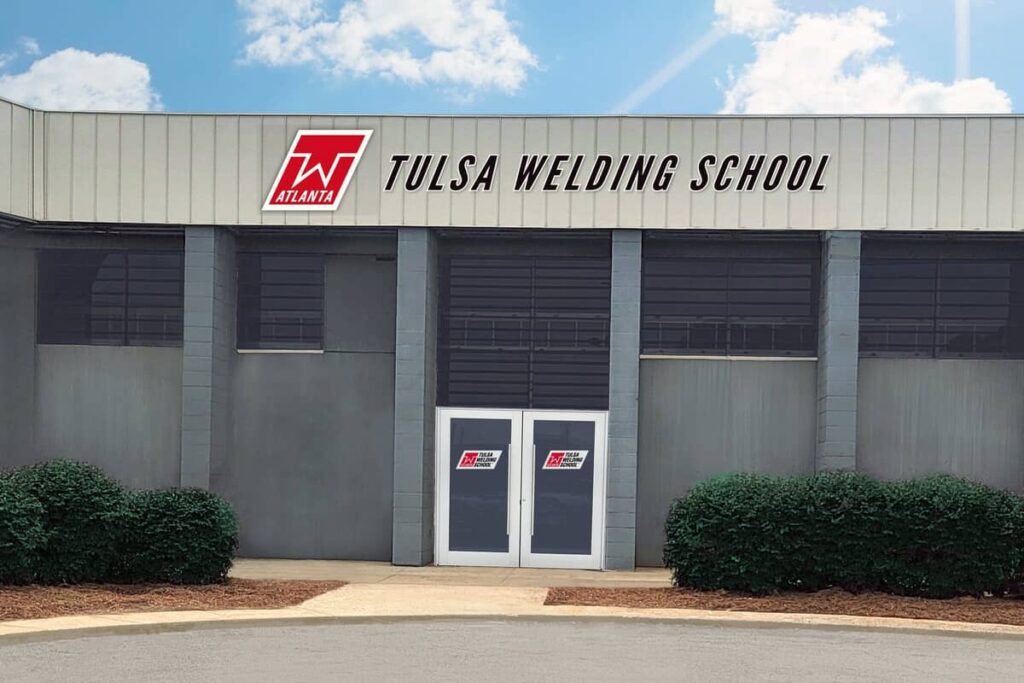TWS is a Great Training Option for Everyone
Learn more about how we can prepare you to advance your career.
Plumbing and pipefitting are often put into the same category in terms of career classification, but within the trade, there are a number of differences that distinguish one title from the other.
Tasks and Responsibilities
Plumbers install, repair, and assemble systems for heating, drainage, and water transportation. These systems will usually be connected to public utilities systems. Plumbers are able to troubleshoot problems such as burst pipes and pipe leaks. They are also be able to install system-reliant appliances, including sinks and tubs, garbage disposals, dish washers, water heaters, and hot water tanks. Some plumbers work additionally with waste disposal systems, including septic tanks and sewers. Increasingly, plumbers are becoming involved in the process of designing buildings, which may result in a cleaner pipe layout that ultimately cuts construction costs and saves on materials.
Pipefitters, on the other hand, are trained to handle a much wider range of pipe materials and systems. Their primary charge is to design and assemble complex pipe systems, mainly for industrial or construction projects. Aside from designing water systems, they are also able to design systems for condensation, gas, steam, drain lines, lubrication, heating, refrigeration, and more. Installing automatic controls for these systems may be incorporated into this work. They may also work in commercial or residential settings as plumbers do.
Training
Plumbers and pipefitters alike typically undergo some type of apprenticeship or vocational training program. Classroom time may also be a part of these learning periods. Generally, classroom courses will cover subjects such as blueprint reading, mathematics, chemistry, applied physics, and local codes and regulations. The apprenticeships will be used to reinforce classroom knowledge in a practical setting as well as to learn more about plumbing and pipefitting skills and techniques. While the training regimens of these two trades are similar, the content itself will vary with each profession.
Have You Considered a Career in the Skilled Trades?
Fill out the form to recieve a no obligation info packet.
Work Environment
Plumbers work primarily in residential settings and commercial buildings. Pipefitters are usually needed in industrial settings, including oil refineries and power plants, where pipe systems are complex and built on a larger scale. Both plumbers and pipefitters must lift and handle heavy equipment, stand for long periods of time, and may have to work outdoors during inclement weather. There are also a number of occupational hazards (falls from ladders, cuts from equipment and sharp edges, and burns from hot pipes and soldering gear), so following proper safety procedures is encouraged at all times.
Contact Tulsa Welding School
If you’re interested in learning more about the Pipefitting Program, contact the Tulsa Welding School today to request information or to start filling out an application.
Resources:
http://rozellind.com/mechanical-pipefitting.htmlhttp://wiki.answers.com/Q/Where_does_a_plumber_work
This blog has been labeled as archived as it may no longer contain the most up-to-date data. For a list of all current blog posts, please visit our blog homepage at https://www.tws.edu/blog/








